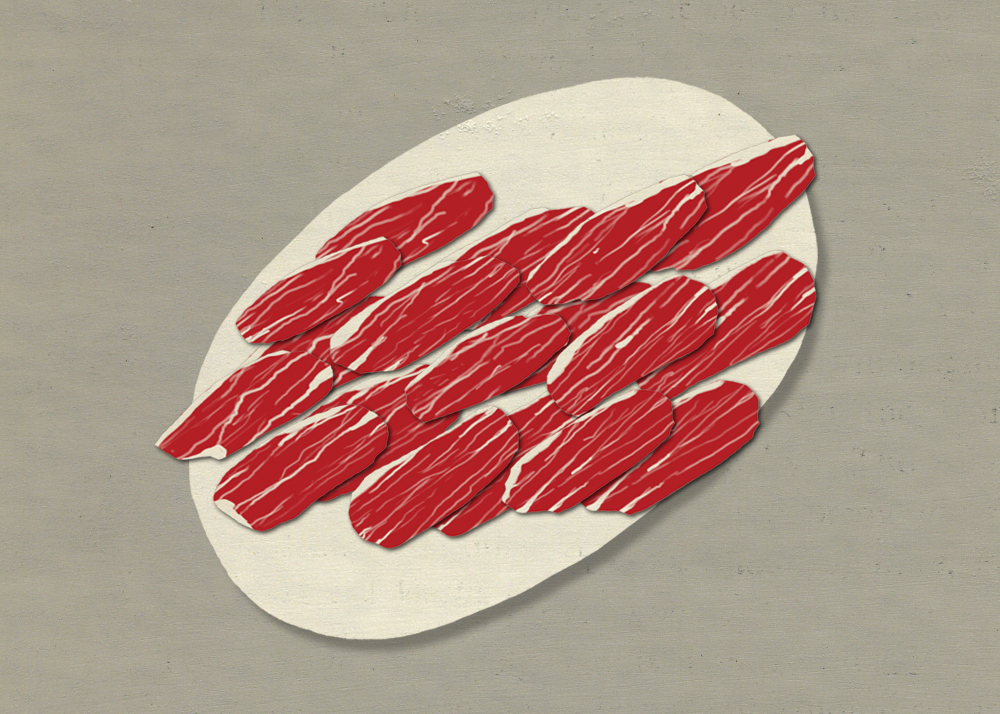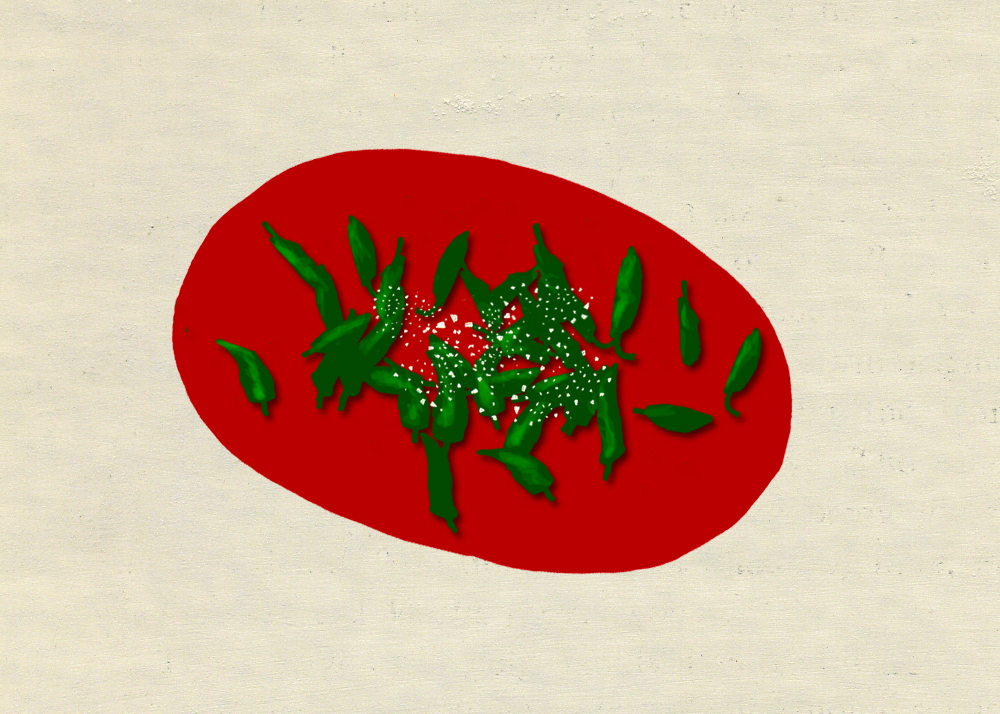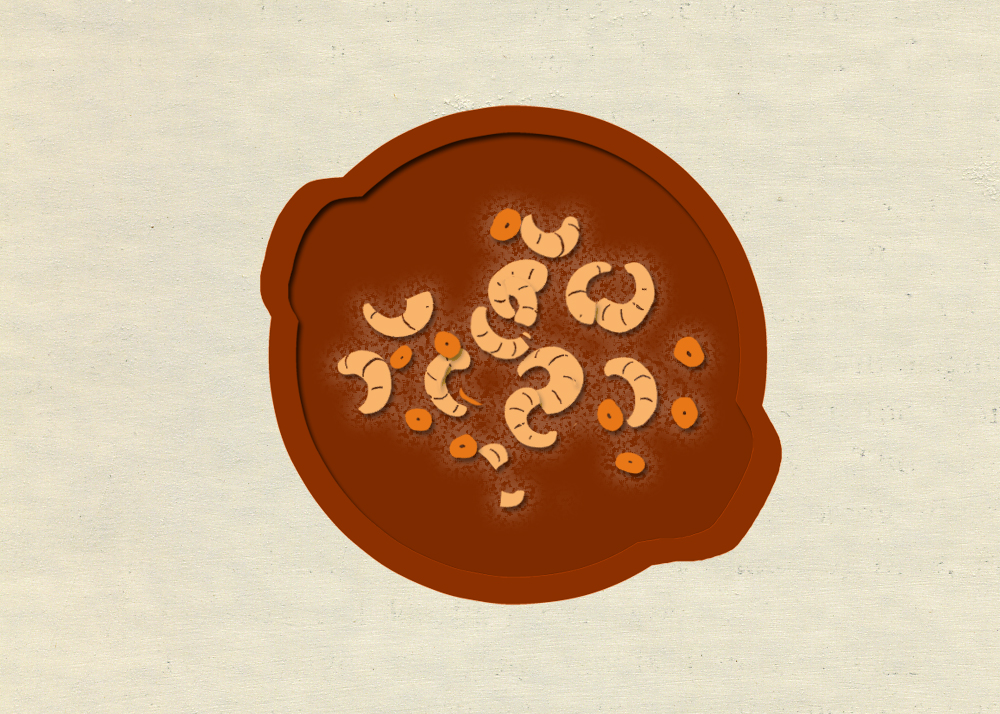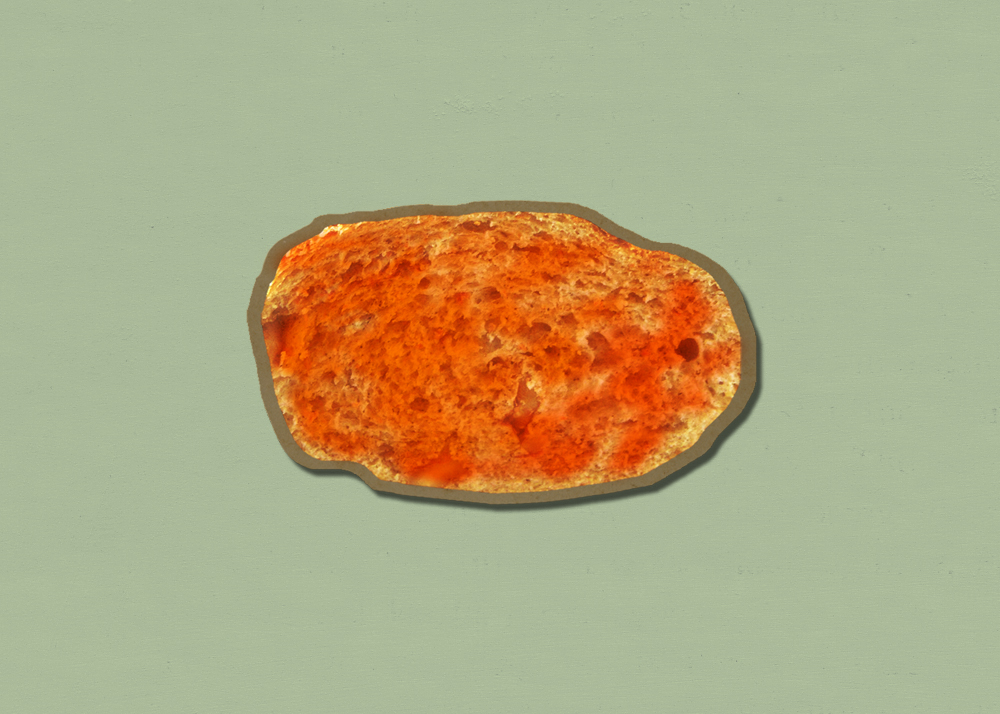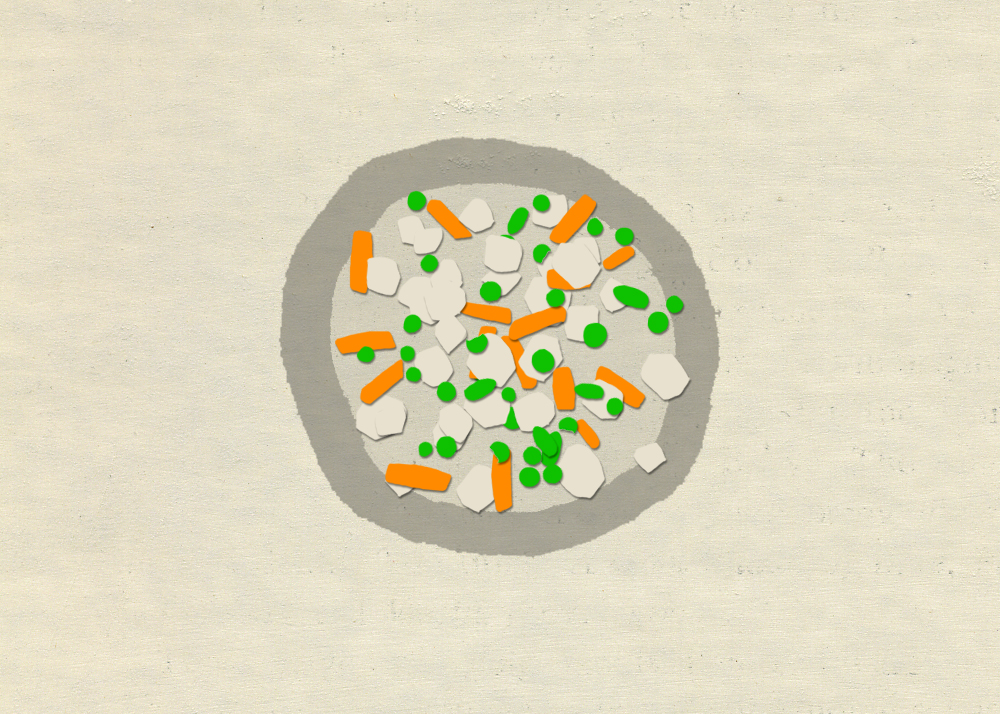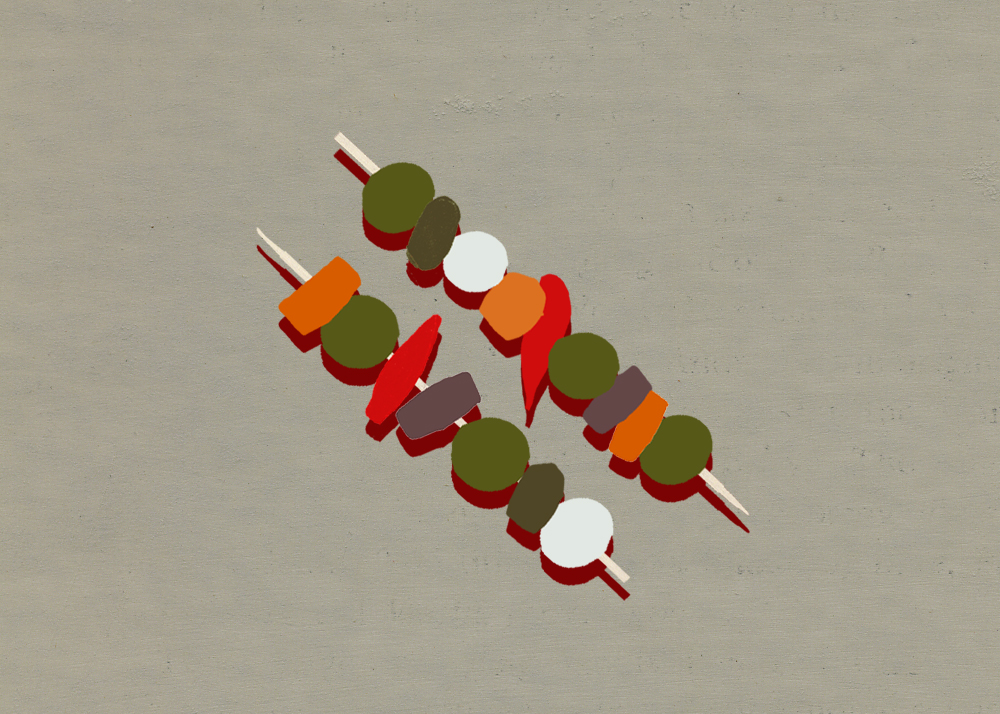An Illustrated Guide To Spanish Tapas
Tapas should not be complicated. A piece of bread, a hunk of potatoes, a slice of ham, wedge of omelet or some pickled bar snacks threaded on a toothpick. Tapas are by nature improvisational, small plates of what's at hand, or what can be had. According to legend they were used to cover a glass, to oblige the customer to eat before drinking, or to protect drinks from flies. These classic tapas, our top 10, serve another practical purpose. They're the benchmark by which Spanish food can be judged.
In other words, if these tapas aren't good, don't eat there.
01. Tortilla Española
The eponymous potato omelet sits on counters all over Spain, from neighborhood bars to the latest name-chef restaurants. Whether served in fat, cake-size slices in the traditional manner or more design-conscious cubes, tortilla is as popular at breakfast as it is with drinks. It's a snack or meal where Spaniards from all of the country's autonomous regions can find common ground. It's the genderless dish that all Spaniards hope to master in the kitchen, and getting the combination of eggs, potatoes, olive oil and salt just right is harder than it looks, particularly deftly making the transfer from pan to plate. Tortilla is equally good lightly warmed or room temperature, the firm but still fluffy texture of the eggs contrasting with the harder, flavorful bites of potato. If the tortilla is rubbery, tasteless or even a little green, just imagine the mussels they're serving. Eat elsewhere.
02. Jamon Iberico
The high cost of the meat of acorn-fed free range Iberico pigs, where available in the United States, makes it the holy grail of tapas. While a slice of ham is perhaps the most common Spanish snack, the finest is so revered in Spain that it's not surprising there's a Madrid tapas chain called El Museo del Jamon. Spain's culinary calling card needs little introduction, but you might be confused about the different kinds of Spanish ham. Jamon Serrano is the everyday, salt-cured ham most often but erroneously compared to prosciutto, which is cured with a layer of lard. The superior Jamon Iberico is the meat from the descendents of pigs that ran wild on the Iberian peninsula in Columbus' time. Jamon Iberico de bellota is from the prized acorn-eating forest animals (currently available from U.S. Internet sites for about $100 a lb.). When you're lucky enough to have a plate set in front of you of the aromatic, paper-thin slices of this lean, melt-in-your-mouth, woodsy flavored ham, it's party time.
03. Boquerones en Vinagre
These creamy-textured, vinegar-tinged tiny fish fillets can change your mind about anchovies. The sophisticated Spanish cousins of the common stiff and hairy Ceasar salad toppers have a mild, not overtly fishy, taste. Boquerones, served on a simple round of bread with a splash of olive oil, are a lighter tapas choice that pairs well with beer or wine. If they're bathed in rancid oil or have the hardness that comes from being entombed in a can, you're in the wrong bar.
04. Pimientos de Padron
It's a cocktail snack and party game in one! The breed of green chiles known as Padron, pan-fried with salt, have a mild flavor, reminiscent of a green pepper...unless you get one of the hot ones. The amount of beer you have to drink to put the fire out will give you a clue as to why bars in Spain like to serve them. Eating pimientos de Padron is like playing roulette; though most are benign, you never know when you'll get a killer (a clue: the bigger they are, usually, the hotter they are). Take turns popping them whole in your mouth; the one who picks the hot pepper pays the round.
05. Gambas al Ajillo
The payday splurge among traditional tapas. Shrimp sizzle in an individual earthenware pool of olive oil, garlic and flecks of chili, then are served with a tiny fork. When the shrimp are gone, make boats from pieces of bread and row them around. That little fork makes a great oar.
06. Patatas Bravas
As with language, politics and futbol teams, people from different parts of Spain see differently when it comes to patatas bravas. A separate but equal approach is justified when it comes to los bravas, whose basic recipe is fried potatoes bathed in a spicy sauce with red pepper, paprika and chilis or a good shot of tabasco. Patatas bravas arrive in small squares or heftier pieces, cooked with tomato or garlic, and with alioli on the side. Consider Bar Tomas in Barcelona the Catalan Colonel, where the finger-lickin'-good recipe (allegedly the original bravas) is topped with gobs of garlicky mayonnaise.
07. Croquetas
Homemade croquetas are often Spanish children's first solid bites, and a lifelong comfort food. A dense, creamy-sweet, crusty-salty combination of béchamel sauce laced with chopped ham, cod or chicken, rolled in breadcrumbs and fried, they're equally good as a start to a long night as a morning-after breakfast. Yet another tapa that's a signpost for the quality of the establishment.
Pan con Tomate: A puddle of olive oil and a piece of fresh bread, rubbed with a ripe tomato and sprinkled with salt. That's all there is to this Catalan icon. Sometimes simple is best. (Illustration by David Navas.)
09. Ensaladilla Rusa
Spanish potato salad has its origins in Russia, and perhaps, if you trust the lore, with a certain Monsieur Olivier, chef at the Hermitage Restaurant in Moscow in the early 1900s. Heavier on mayonnaise than the American barbecue side, the typical ensaladilla rusa has carrots, peas, green beans and in more elaborate versions, tuna, shrimp, capers, pickles or even truffles.
10. Banderillas
An olive, a cocktail onion, a pickle and maybe an anchovy on a toothpick, accompanied by a mini breadstick — another example of a less-is-more tapa. This typical Southern Spanish bar food with a bull fighting motif also makes a cool swizzle stick. Try this one at home.



